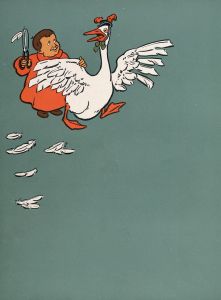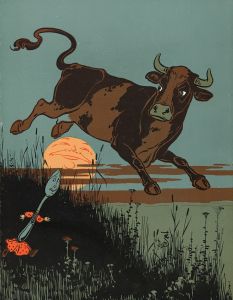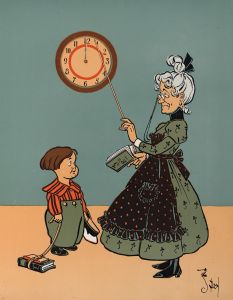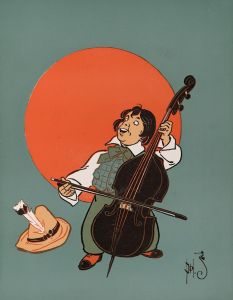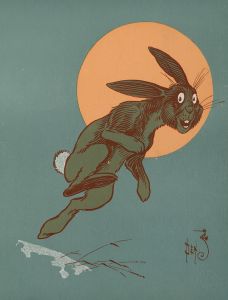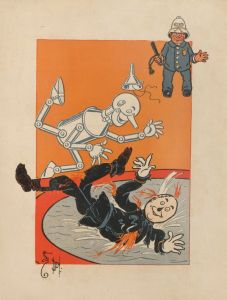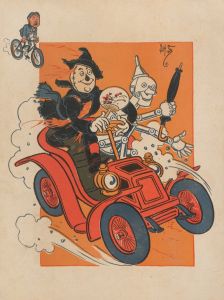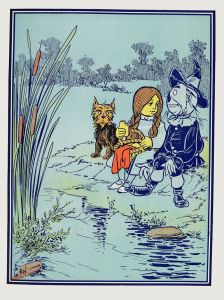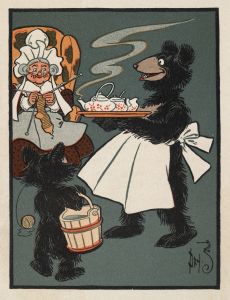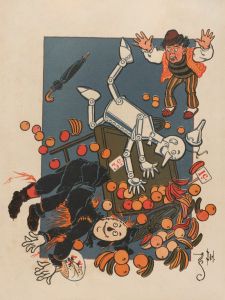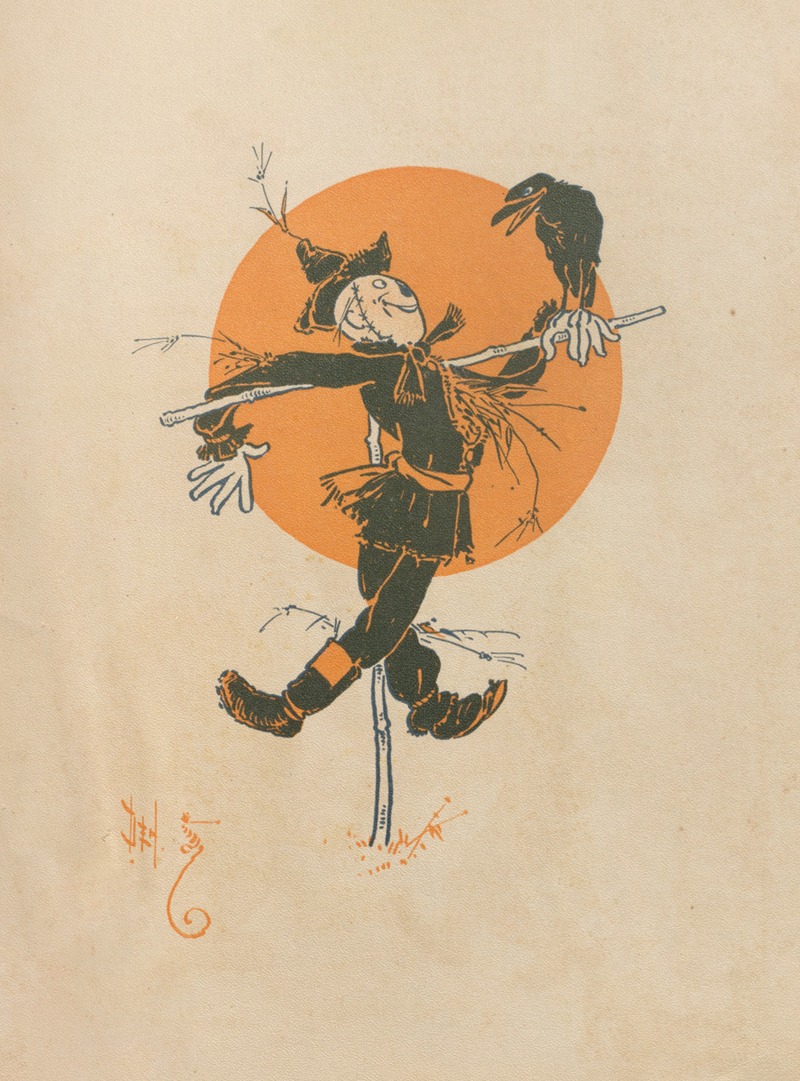
Denslow’s Scarecrow and the tin-man Pl.6
A hand-painted replica of William Wallace Denslow’s masterpiece Denslow’s Scarecrow and the tin-man Pl.6, meticulously crafted by professional artists to capture the true essence of the original. Each piece is created with museum-quality canvas and rare mineral pigments, carefully painted by experienced artists with delicate brushstrokes and rich, layered colors to perfectly recreate the texture of the original artwork. Unlike machine-printed reproductions, this hand-painted version brings the painting to life, infused with the artist’s emotions and skill in every stroke. Whether for personal collection or home decoration, it instantly elevates the artistic atmosphere of any space.
William Wallace Denslow's illustration titled "Denslow’s Scarecrow and the Tin-Man Pl.6" is a notable work from the early 20th century. Denslow, an American illustrator and cartoonist, is best known for his collaboration with author L. Frank Baum on the original edition of The Wonderful Wizard of Oz, published in 1900. This particular illustration is one of the plates created for the book and depicts two of the story's iconic characters, the Scarecrow and the Tin Woodman.
Denslow's artistic style is characterized by bold lines, vibrant colors, and a whimsical approach that complements the fantastical elements of Baum's narrative. His illustrations played a significant role in bringing the characters and settings of Oz to life, contributing to the enduring popularity of the story. The Scarecrow and the Tin Woodman, as portrayed by Denslow, became definitive visual representations of these characters for early readers of the book.
"Denslow’s Scarecrow and the Tin-Man Pl.6" specifically captures a moment from the story where the two characters are depicted together, showcasing their unique designs. The Scarecrow is shown with his patchwork clothing and straw-filled body, while the Tin Woodman is illustrated with his metallic, jointed form. Denslow's attention to detail and use of color helped to emphasize the personalities of the characters, with the Scarecrow's friendly and approachable demeanor contrasting with the Tin Woodman's more stoic and mechanical appearance.
The illustrations in The Wonderful Wizard of Oz were printed in color, which was a relatively expensive process at the time, making the book a visually striking publication. Denslow's contributions were so significant that he received co-copyright credit for the book, an unusual arrangement for an illustrator during that era. However, his partnership with Baum ended after the publication of the first Oz book, and subsequent Oz stories featured illustrations by John R. Neill.
"Denslow’s Scarecrow and the Tin-Man Pl.6" remains an important example of early American children's book illustration and is often studied for its artistic and cultural significance. The image continues to be associated with the legacy of The Wonderful Wizard of Oz and the broader impact of Denslow's work on the visual arts.





